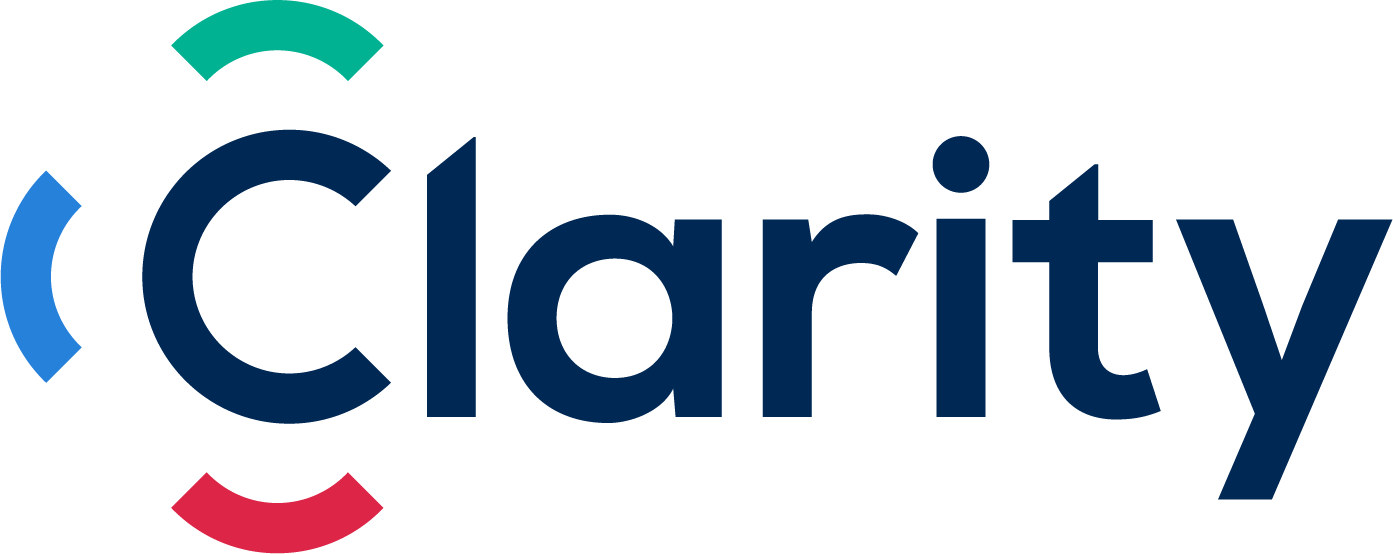What happens when artificial intelligence gets so good in the area of talent acquisition and recruitment, that most of a recruiter’s job, as we know it today, is better suited to a machine? We can begin to answer this by understanding which aspects of the job the machines will actually be replacing.
Looking back at historical moments of technological fear can help to put this situation in context. During the industrial revolution, many processes (and the labour required to do them) were made much more efficient by new technology. What the new industrial machines did best was simple, repetitive labour. Machines did not get tired, they did not need breaks, and they would perform the same job with the same quality throughout the day. This innovation forced out many individuals whose jobs were of this kind. Where a machine could do the job faster and more effectively (e.g. weaving fabric, building a car), humans were shifted into alternate jobs and careers which demanded “higher thinking” or displaced completely. This sparked the breakthroughs in invention and innovation that we associate with the Industrial Revolution today.
When computers came to disrupt the working world almost two hundred years later, similar fears of mass joblessness resurfaced. As we now know, computers didn’t take over the world. Just as the industrial revolution removed one part of the process – automating many repetitive, laborious tasks – making way for new and different jobs, so too did computers. What computers do best is computation – taking data and formulas for processing that data and calculating outputs. Take IBM’s computer Deep Blue for instance that beat out the world chess champion Garry Kasparov in 1997. Keep in mind that the project began in 1985, and it wasn’t until 12 years later that it was ready for prime time. So what will the coming AI revolution do for the future of work?
What AI does best is prediction. As the authors of Predictions Machines outline, AI prediction takes data that you have and turns it into data that you don’t. For example, weather forecasting algorithms take historical data about weather patterns, temperature, and other factors and create predictions for what might happen to the weather this upcoming week. As we’ve seen before with innovative disruption, where technology can do the job better, humans will likely be out of luck. Historical patterns seem to suggest that for those whose job is primarily prediction, an occupational seachange may be on the horizon.
So what does that mean for recruiters and what’s left for them to do? Choosing the right candidate for the right job seems to fit squarely into a model of a “prediction job”. Recruiters take data they have (resumes, interviews, gut feelings) and create data that doesn’t exist (how likely a given candidate is to succeed within a job). As we have outlined in this four-part series, there are a number of hurdles that AI must cross before it can make these predictions, which are based on incomplete data, changing processes, and ambiguous outcomes. But that’s not to say that AI won’t be able to overcome these barriers. As with natural language processing in Google’s translation services, things that were once thought difficult or impossible for AIs to do are being achieved by rapidly improving machine learning algorithms.
But prediction is not everything. What remains for humans and their biggest occupationally-relevant competitive advantage is judgment. Judgment is the process of using prediction data to make decisions. It relies on understanding the reward functions of a given action and using prediction data to inform decisions toward those actions. For example, a candidate may be an 85% match for a given job as compared to another candidate who is only an 80% match, but if that candidate is considered much more risky (higher return, but higher risk of quitting, upsetting team members, or disrupting the balance of business), recruiters must consider whether the company can handle the disruptive potential of the candidate. This process requires understanding the risk/reward profiles of companies and candidates and judging how those two will fit.
Recruiters must learn how to use prediction data in order to inform their decision-making. They must understand how to build reward functions for their candidates and clients, a complicated process involving diverse and wide-ranging considerations, in order to fully understand how to use the prediction data that AI will soon provide about candidates. The future of their careers will depend on becoming experts in judgments.
This concludes our 4 part series on the future of artificial intelligence and recruitment. Check out the full series below.
Part 1 – Dear Recruiter: AI Is Coming for You
Part 2 – Coming Soon: AI Recruiters
Your Next Step
No one should walk the job search or hiring road alone. At Clarity Recruitment we help others realize their success through a process that marries proprietary technology with unwavering commitment. Contact us today to take control of your career, or to partner with us to hire well.
Clarity Recruitment, connecting exceptional people with remarkable companies.
